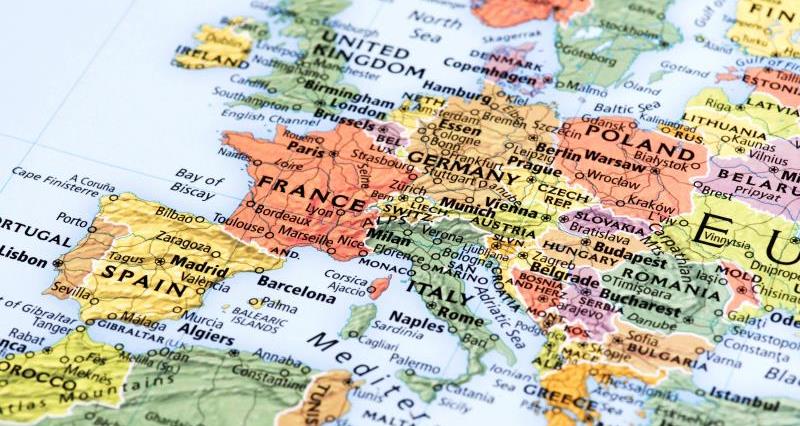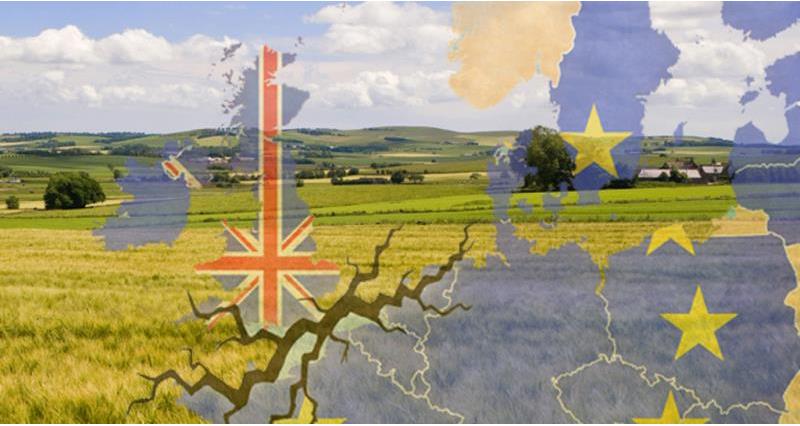- The future of customs arrangements
- The border between Ireland and Northern Ireland
- The continuity in the availability of goods for the EU and the UK
- The enforcement and dispute resolution
- Providing a cross-border civil judicial cooperation framework
- Confidentiality and access to documents
- The exchange and protection of personal data
The European Commission on the other hand started publishing its negotiating papers at the end of May, opening the UK government up to criticism of not being as proactive at putting forward its positions and explaining its strategy.
The Government is trying to put these criticisms to bed, whilst at the same time seeking to infuse confidence amongst the business community on its planned approach and preferred outcomes. By proposing solutions on the future relationship between the UK and the EU, the government wants to show that the separation from the EU and the future relationship are closely linked and therefore should be dealt with in parallel. Thereby paving the way for formal talks on the future trade arrangements before the end of the year. This is contrary to the EU’s approach which is to push for as much progress on the separation issues before moving on to the future relationship talks.
Related...
The EU27 will discuss progress when they meet at the European Council summit taking place on the 19/20th October. It is here when they are expected to decide whether the time has come for the two parties to tackle the issue of the future relationship between the EU and the UK.
One key area that needs to be settled before the negotiations can move to the next stage is the financial settlement, the “divorce bill” that the UK will have to pay to the EU once it leaves. However, Secretary of State for Exiting the European Union David Davis said he will refuse to reveal any details about what Britain could pay towards a Brexit bill when negotiations with the EU resume next week. This could delay the start of the trade talks.
The papers
So what is relevant to the UK agricultural sector amongst the recently published position papers?
In terms of the overall trade strategy, the Government says that it will maintain current access for the Least Developed Countries (LDCs) and aims to maintain the preferential access of the remaining developing countries, including those countries with which the UK/EU has Economic Partnership Agreements (EPAs). This is particularly relevant to the sugar sector. Moreover, the Government intends to build on the existing preferential trade relationship covered by EU Free Trade Agreements (FTAs). Our understanding is that the Government will try to carry forward those trade agreements and review them at a later stage based on UK offensive and defensive trade interests. We intend to provide our views on that directly to Defra. Also, the Government explicitly mentions the willingness to maintain our high standards for the environment, animal welfare and consumer protection.
Regarding the options for a future customs relationship with the EU, the Government is not seeking to replicate any existing model of customs agreements. The paper presents two options: a highly streamlined customs arrangement and a new customs partnership with the EU.
 The first option foresees the UK leaving the EU Customs Union (CU) and setting its domestic customs arrangements to facilitate trade across its border both with the EU and other countries. In practice the model builds on some form of simplification of requirements and fast-track procedures that will apply not just to trade with the EU but also to the other trade partners. The admin reduction task is proposed to be achieved through negotiation of trade facilitation agreements with the EU. However there is an acknowledgement that there will be an increase in administration compared with being inside the EU CU.
The first option foresees the UK leaving the EU Customs Union (CU) and setting its domestic customs arrangements to facilitate trade across its border both with the EU and other countries. In practice the model builds on some form of simplification of requirements and fast-track procedures that will apply not just to trade with the EU but also to the other trade partners. The admin reduction task is proposed to be achieved through negotiation of trade facilitation agreements with the EU. However there is an acknowledgement that there will be an increase in administration compared with being inside the EU CU.
The second option is the “innovative” and “untested” approach. The UK would apply the EU’s external customs regime to imports for the EU market and its own tariffs and trade policy to UK exports and imports from other countries destined for the UK market. With integrated supply chains the difficulty would be to ensure that goods not intended for the EU market stay in the UK
With regard to the land border with Ireland, the Government recognises the importance of no return to a hard border for agriculture as a result of any new controls placed on the movement of goods between the UK and the EU. The paper mentions the integrated nature of the agri-food sector and the fact that more than 10,000 pigs travel from IE to NI every week and a quarter of milk produced on NI’s farms is exported for processing in IE. What’s more, the Government proposes to prioritise discussions around issues relating to customs and checks on agri-food products such as Sanitary and Phytosanitary (SPS) measures. The UK is pushing for regulatory equivalence on agri-food measures “where the UK and the EU agree to achieve the same outcome and high standards, with scope for flexibility in relation to the method for achieving this”
In order to allow businesses and institutions to get ready for a new political and trading environment, the Government is seeking an agreement on an interim period which would take the UK from the current relationship with the EU to a future partnership. By doing so, businesses would only have to adapt and implement new arrangements once in order to comply with the UK-EU agreed long term solution. It is suggested a new and time-limited customs union between the UK and the EU would be possible. This is good news and we have welcomed the proposal. Read our reaction here.
Finally, the Government has proposed a suite of principles in order to ensure that no disruption to traded goods happens on the day of Brexit. It is suggested that goods placed on the Single Market before Brexit should continue to circulate freely in the UK and the EU, without additional requirements or restrictions. There is a specific definition of “placing on the market” for agri-food products which says that food and feed products are considered to have been placed on the market at a point earlier than the actual supply of the good for consumption, distribution or use. Those products held in storage for the purpose of sale for example will also have been “placed on the market” under current EU law. This sounds very sensible to us.
The Government said it will publish a Trade and a Customs White Paper ahead of the Trade and Customs Bill in the autumn. The NFU will respond to both consultations.
